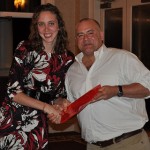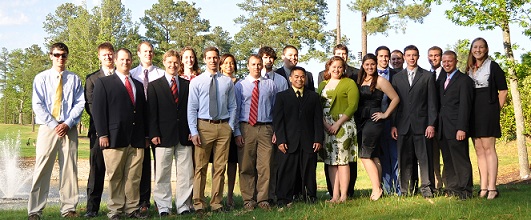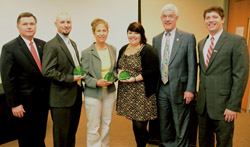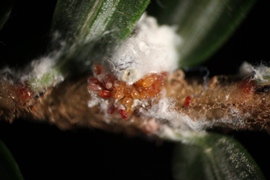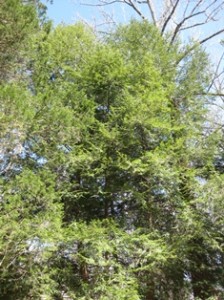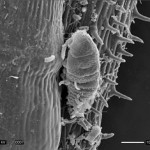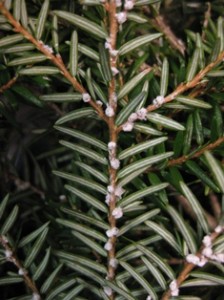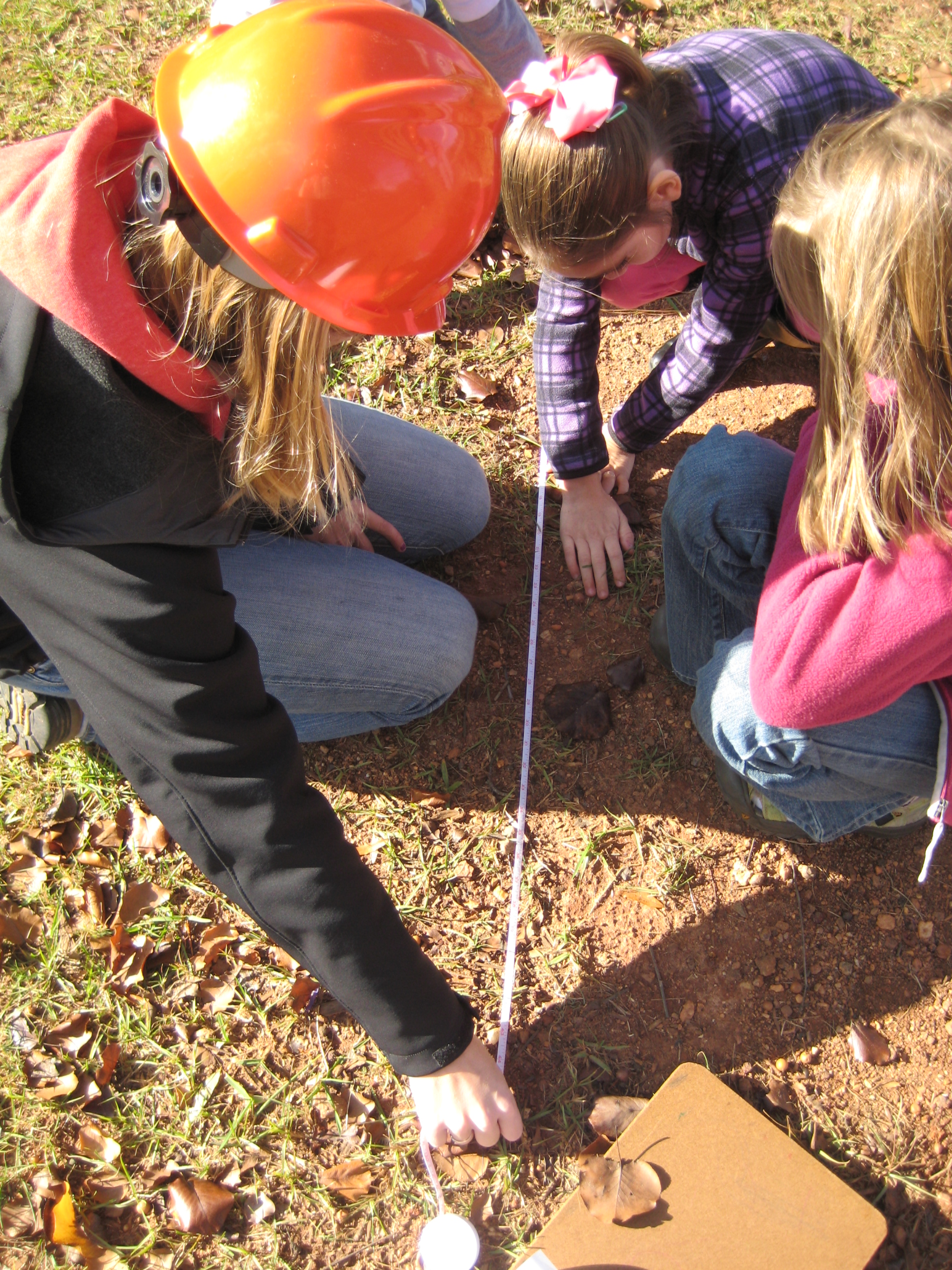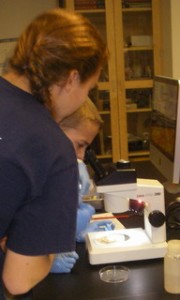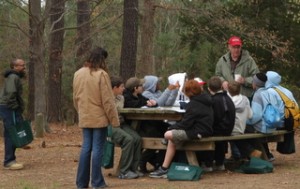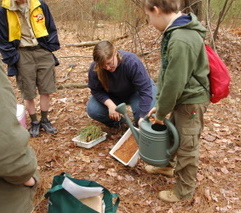The NC State University Paper Science and Engineering Class of 2011 celebrated its achievements last week during the annual senior banquet. Sponsored by Rayonier, students were invited to enjoy the evening with great food, classmates, friends and department faculty. The accomplishments of 29 Paper Science and Engineering seniors were recognized during the event.
Senior Sonja Jones, double major in chemistry and paper science and engineering, was voted “Most Congenial Senior” by her classmates. The George T. Davis Most Congenial Senior Award is an annual honor noting the Paper Science and Engineering student who embodied a positive spirit, a bright smile on any day, and a kind heart.
It has become tradition in the past 5 years for the students and faculty to take the stage to roast one another in farewell. The faculty took the opportunity to go first and roast the lively group of seniors in the Class of 2011. The students were not to be out-done! The toils of 4 years working individually with each of the faculty gave them plenty of insight on how to highlight the unique character of the Forest Biomaterials faculty.
Dr. Med Byrd took the opportunity to remind students of the industry partners, alumni and friends who have supported their scholarships and professional development over the past few years. He encouraged students to pledge to give back to NC State and the Paper Science & Engineering program. Dr. Hasan Jameel, Dr. Med Byrd and Dr. Richard Phillips pledged $4,000 to create the Class of 2011 scholarship fund. Two members of the Class of 2011 took the challenge and stepped right up with pledges!
90% of the students graduating on May 14, 2011 have secured permanent employment or will be entering graduate school. Graduates have accepted offers at Rayonier, International Paper, Kimberly Clark, Dupont and Nalco, among other companies. Other students plan to pursue Ph.d’s in Chemical Engineering at the University of Wisconsin, Madison and Georgia Tech. One graduate has plans to attend law school and another is accepting her commission with the US Navy.
Many students in the Class of 2011 are completing a dual major in Chemical Engineering and will be graduating in December. The Department of Forest Biomaterials and Rayonier congratulate the Class of 2011!



